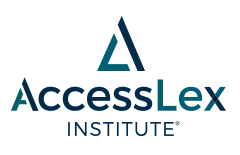
Grantee Research
Document Type
Issue/Research Brief/Blog
Publication Date
11-2021
Keywords
financial education program outcomes, financial knowledge, financial education program delivery
Abstract
The end goal of any program focused on financial literacy is to ultimately improve consumer well-being. Although financial literacy is widely acknowledged as increasingly important for consumers (Keshner, 2021), application of financial literacy programs and provision of supports and resources for consumers has not been consistent in the United States. Currently, thirty-three states require basic financial education in high school, though specific content, depth, and structure varies both within and across states. At the college-level, courses are often elective and content vary significantly from one college or university to another (Goetz et al., 2011; Jobst, 2014; LaBorde & Mottner, 2016; Wann, 2016). Whereas evaluations of state-mandated financial literacy courses at the secondary-level have shown positive outcomes (Chan et al., 2012; Gutter & Copur, 2011; Harvey, 2019; Kaiser et al., 2020; Postmus et al., 2015; Stoddard & Urban, 2020), little is known about the impacts of college- level financial literacy courses. It is inherently difficult to gauge the success of such programs due to the previously mentioned lack of uniformity in structure and the fact that individuals often self-select into these courses. The current study considers a one-credit financial life skills course for undergraduates at a major Midwestern university. We are primarily interested in how students who select the course might differ from those who do not take the course, and further explore potential course impacts on financial well-being, stress, attitudes, and student loan debt awareness.
For the present study, we conduct a broad survey of undergraduates, half of whom opted to take the financial life skills course as freshmen or sophomores, and the other half who did not elect to take the course. Whereas this course does not allow us to determine causal impacts of course exposure, we can explore population differences by comparing students who opted to take the course with those who had no course exposure. Areas of particular interest include financial literacy, well-being, stress, attitudes, and behavior. Another aspect of concern involves student awareness of their existing debt load and potential future balance. Previous studies suggest that college students often lack awareness of this critical information (Akers & Chingos, 2014; Andruska et al., 2014). For this study, we explore whether course exposure has any impact on student debt awareness. We do this by comparing existing administrative data to students’ self-reported debt holdings among a sub-sample of participants who grant permissions for data access.




